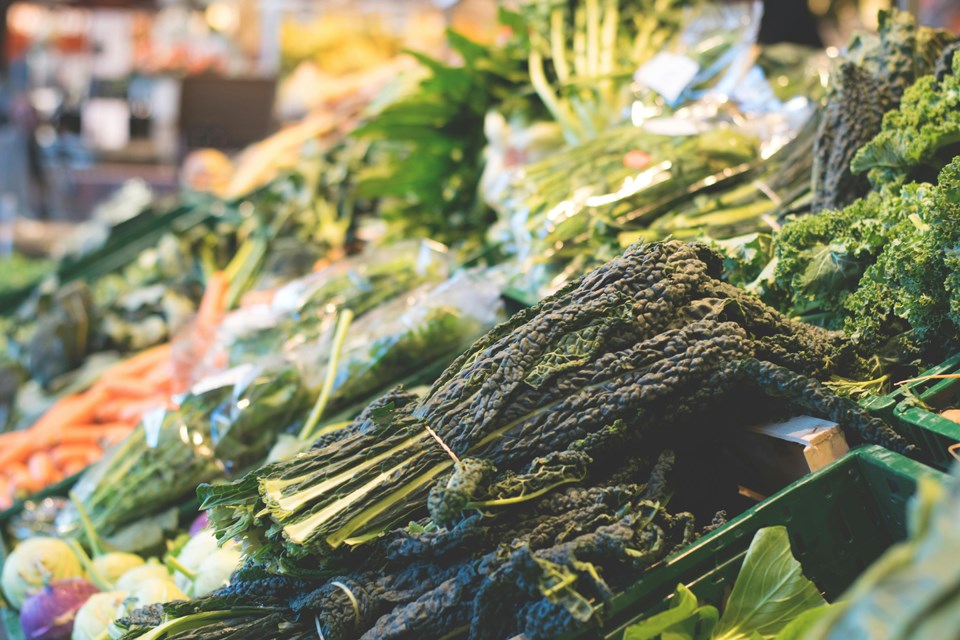When Canadian-grown fruits and vegetables reach the market—typically from June to October—prices become much more stable. Historically, during this window, price fluctuations, the up-and-down swings at the checkout, are about half as volatile as the rest of the year, thanks to seasonal abundance and shorter, domestic supply chains.
But in today’s global market, that seasonal advantage is easier to miss, and sometimes even manipulated. With so many fruits and vegetables imported year-round, it’s harder for shoppers to recognize when prices should naturally drop due to local supply. Still, our food culture and consumer instincts remain tied to seasonal cues. Strawberries, for instance, are a symbolic summer staple. Even though other crops ripen earlier, strawberries often serve as nature’s announcement that summer has begun.
Unfortunately, some retailers exploit that sentiment. Just recently, strawberries were listed at $17.50 for two litres, over $11 per pound. That’s excessive. And in today’s social media landscape, a single viral post can tarnish an entire industry’s reputation. Sharing overpriced items online can pressure stores to explain or adjust, especially when thousands of frustrated shoppers join the conversation. If a price seems outrageous, don’t stay silent. Call it out. Transparency is a powerful consumer tool, and digital platforms can hold retailers accountable.
Canada’s fresh produce season runs mainly from June through October, peaking between mid-July and mid-September. Here’s what you should expect to pay, roughly, when shopping in peak season:
- Strawberries (June–July): $2.99–$3.99/lb
- Blueberries (July–August): $2.49–$3.49/lb
- Apples (August–November): $0.99–$1.49/lb
- B.C. cherries (July–August): $3.99–$5.99/lb
- Tomatoes (July–September): $1.29–$2.49/lb
- Sweet corn (August–September): $0.50–$0.75/ear
- Cucumbers (June–September): $0.79–$1.29 each
- Carrots (July–October): $0.69–$0.99/lb
- New potatoes (July–September): $0.99–$1.29/lb
Prices vary depending on where you shop, whether supermarkets, farmers’ markets or farm gates, and by quality, size, growing method (organic or conventional), and timing within the season. Public markets, especially near closing time, and discount grocery chains often offer the best deals. Shopping local in summer means fresher, more flavourful food and a lower grocery bill.
Beyond cost, out-of-season imports are often shipped thousands of kilometres, adding to food miles and emissions. That’s why strawberries in January or corn in March can cost two to three times more and come with a much larger environmental footprint.
In short, summer has arrived. Let’s take advantage of Canada’s fresh harvests. But stay alert. Price abuse doesn’t belong in this season, and in today’s digital age, ignoring consumer backlash is reckless.
If something feels off, say something. Social media doesn’t take summers off.
Dr. Sylvain Charlebois is a Canadian professor and researcher in food distribution and policy. He is senior director of the Agri-Food Analytics Lab at Dalhousie University and co-host of The Food Professor Podcast. He is frequently cited in the media for his insights on food prices, agricultural trends, and the global food supply chain.
The commentaries offered on SaskToday.ca are intended to provide thought-provoking material for our readers. The opinions expressed are those of the authors. Contributors' articles or letters do not necessarily reflect the opinion of any SaskToday.ca staff.




